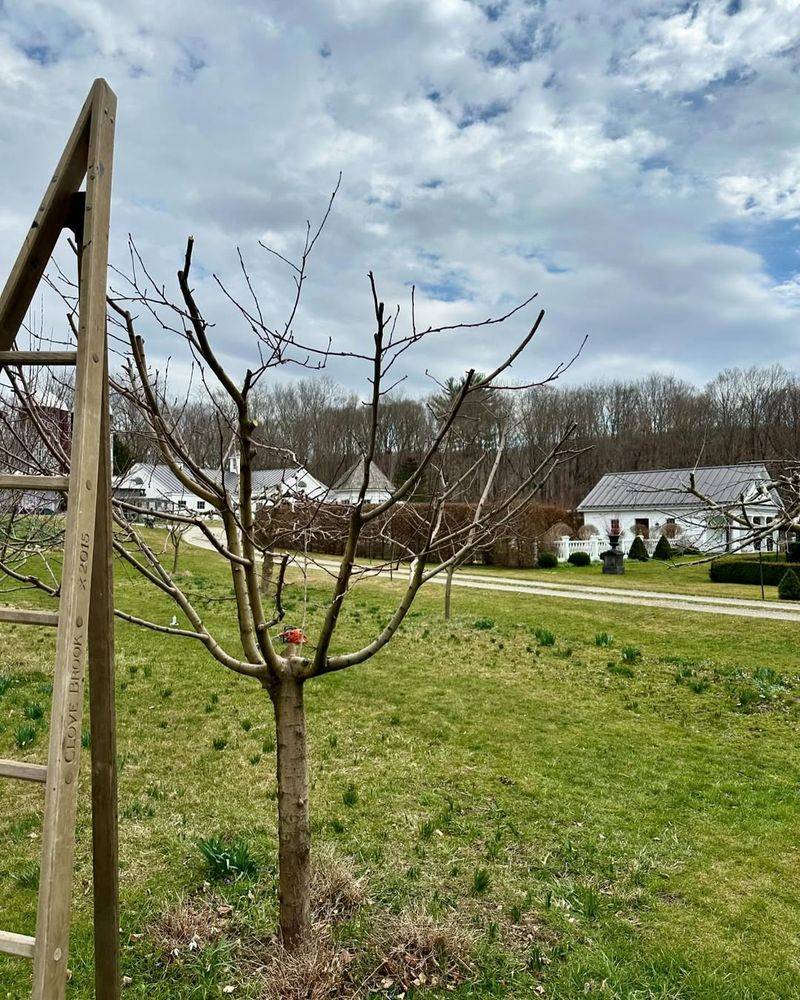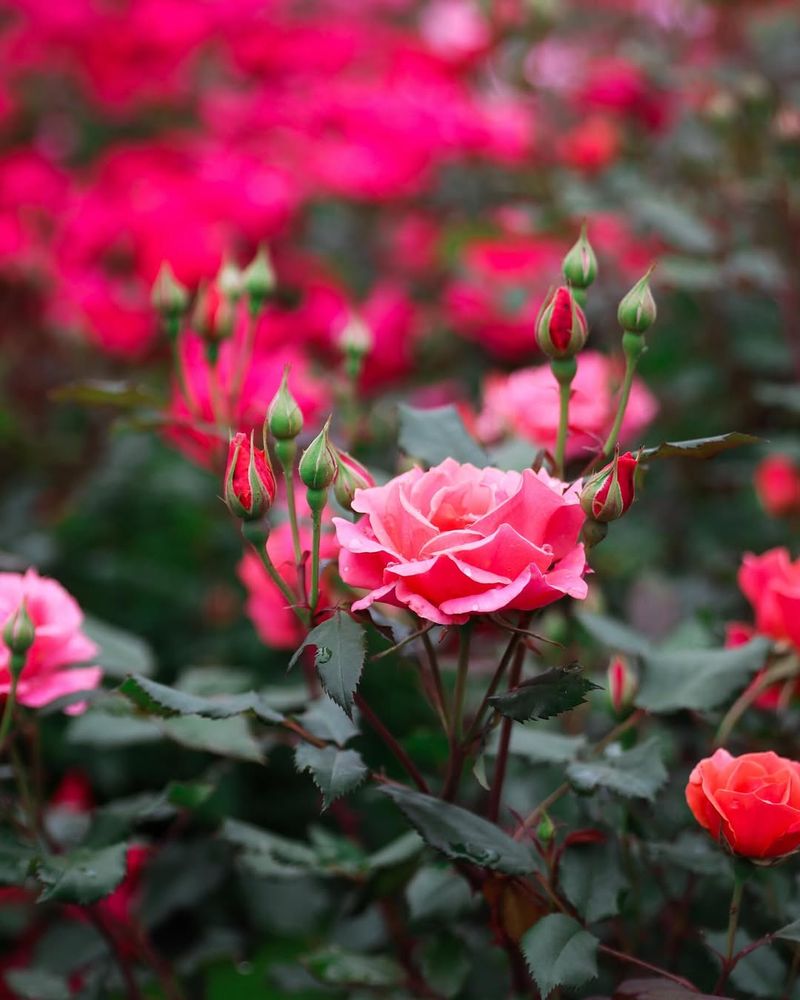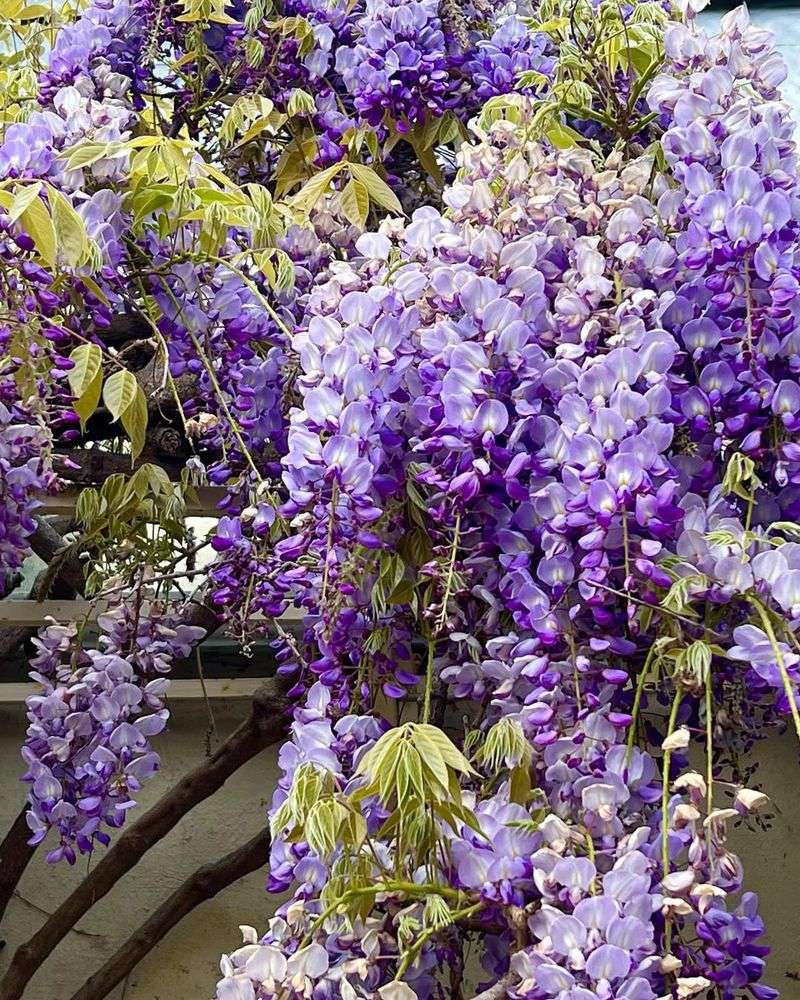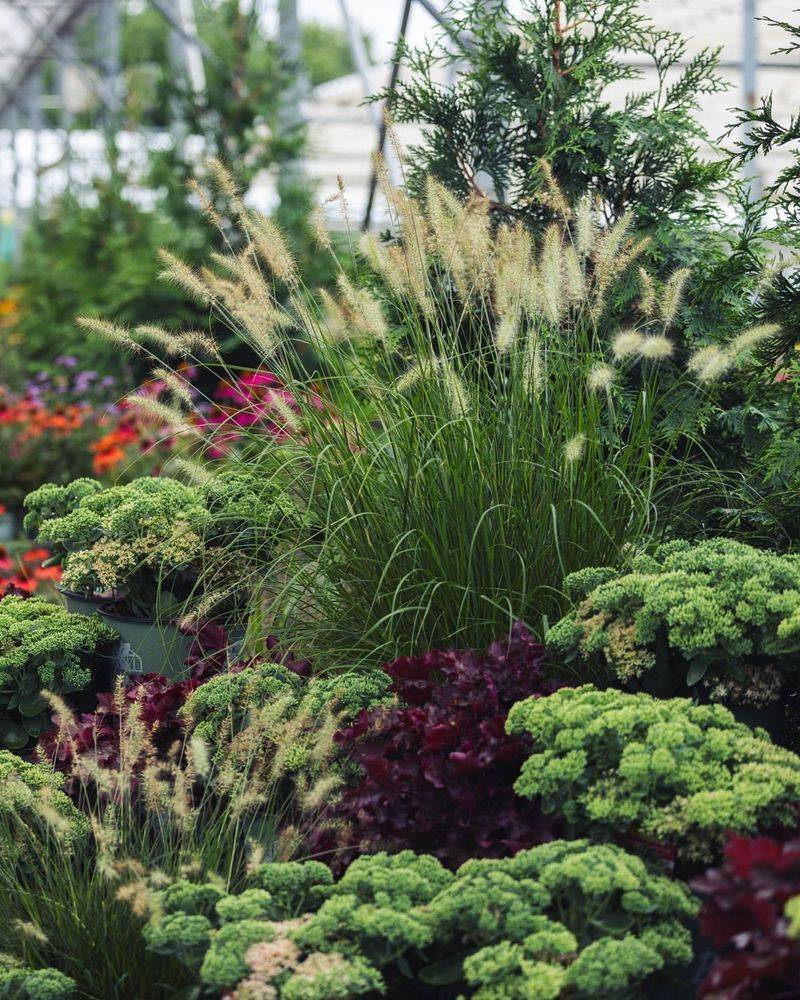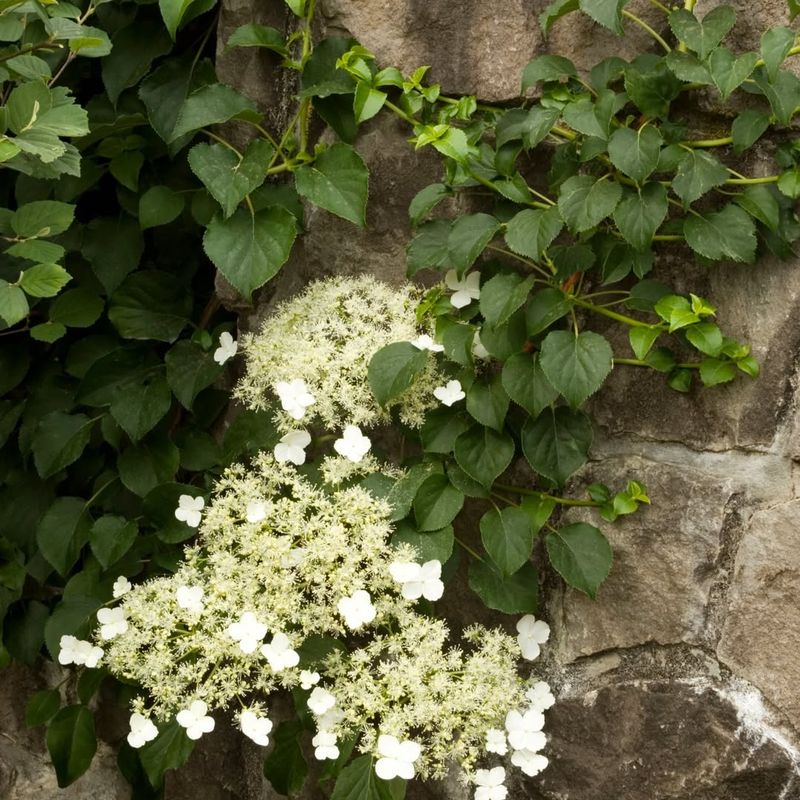November in Oregon might feel quiet in the garden, but it’s a prime moment to give certain plants a smart seasonal trim.
As growth slows and leaves drop, some shrubs and perennials are ready for a clean cut that sets them up for stronger, healthier days ahead. A few snips now can prevent trouble later, boost next year’s blooms, and keep your landscape looking sharp through the winter chill.
1. Fruit Trees Like Apples And Pears
These trees enter dormancy as temperatures drop, making November ideal for shaping them. Removing damaged or crossing branches now prevents disease and encourages better fruit production come spring.
Oregon’s mild winters mean you can prune without worrying about extreme cold damage. Focus on opening up the tree’s center to allow sunlight and air to reach all parts. Clean cuts heal faster and keep your trees thriving for years to come.
2. Rose Bushes
Roses benefit greatly from a November trim, especially hybrid teas and floribundas. Cutting back long canes reduces wind damage during winter storms that often sweep through Oregon.
Remove any diseased or weak stems to keep your roses healthy. Aim to reduce the plant’s height by about one-third, leaving strong canes intact. This preparation sets the stage for vibrant, abundant blooms when spring returns to your garden.
3. Grape Vines
By November, leaves drop and bare canes stand out, making it easy to see which sections need attention. Pruning at this point controls growth and boosts next season’s grape quality and yield.
In Oregon’s wine country, proper timing keeps vines productive year after year. Cut back last year’s growth and leave only a few buds on each cane to set the stage for sweet, flavorful grapes for fresh eating or winemaking.
4. Blueberry Bushes
Blueberries thrive in Oregon’s climate and benefit from annual November pruning. Removing old, woody stems encourages new growth that produces larger, sweeter berries.
Look for branches that are more than six years old and cut them at the base. Thinning out the center improves air circulation and reduces disease risk. Your blueberry harvest will be more bountiful and easier to pick after a good pruning session.
5. Wisteria Vines
Unchecked growth easily turns this vine into a tangled mass, and November offers an ideal window for pruning.
Cutting back long shoots keeps the plant in bounds and encourages stronger flowering. Oregon gardeners prize its dramatic spring display, and that show depends on proper fall care. Trim shoots to three or four buds along the main framework to set up a spectacular cascade of purple blooms.
6. Currant And Gooseberry Bushes
Currants and gooseberries produce fruit on younger wood, making November pruning essential for good harvests. Remove branches older than three years to make room for productive new growth.
These hardy bushes handle Oregon’s wet winters well but need good air circulation to prevent fungal issues. Thin out crowded centers and cut away any damaged stems. Your efforts will be rewarded with plump, tangy berries perfect for jams and pies.
7. Ornamental Grasses
These plants bring texture and motion to Oregon landscapes through every season, and November often marks the time for a yearly cutback.
Dried foliage offers fall structure and shelter for helpful insects, so many gardeners leave it in place until late autumn. When the moment comes, trim each clump to about six inches above the soil. New green growth will rise in spring and give the garden a fresh, tidy look.
8. Climbing Hydrangeas
These hydrangeas create stunning vertical displays but need occasional pruning to stay manageable. November works well since the plant is dormant and its structure is clearly visible.
Remove damaged stems and trim back wayward growth that extends beyond your desired boundaries. Oregon’s moderate climate allows these vines to flourish when properly maintained. Light pruning preserves next summer’s blooms while keeping your climbing hydrangea looking tidy and well-behaved.
9. Lavender
A richly scented, easy-care shrub often stands out in Oregon gardens, and November offers a dependable moment for a seasonal trim. Cut back about one-third of the plant, with attention on damaged flowers and older, brittle stems to set up fresh growth in spring.
Avoid cuts deep into the woody base, since it rarely sends out new shoots from old wood. Aim for a rounded, compact mound to maintain a neat look and support strong flowering next season.
10. Japanese Maple
Known for delicate leaves and striking color, these trees benefit from a November trim to preserve their elegant shape and promote healthy branching.
Start by removing damaged or crossing limbs. Then thin out crowded sections to improve air flow and light reach, which supports strong growth and reduces disease risk. A light touch works best, since this species reacts poorly to heavy cuts—small, careful adjustments go a long way.


